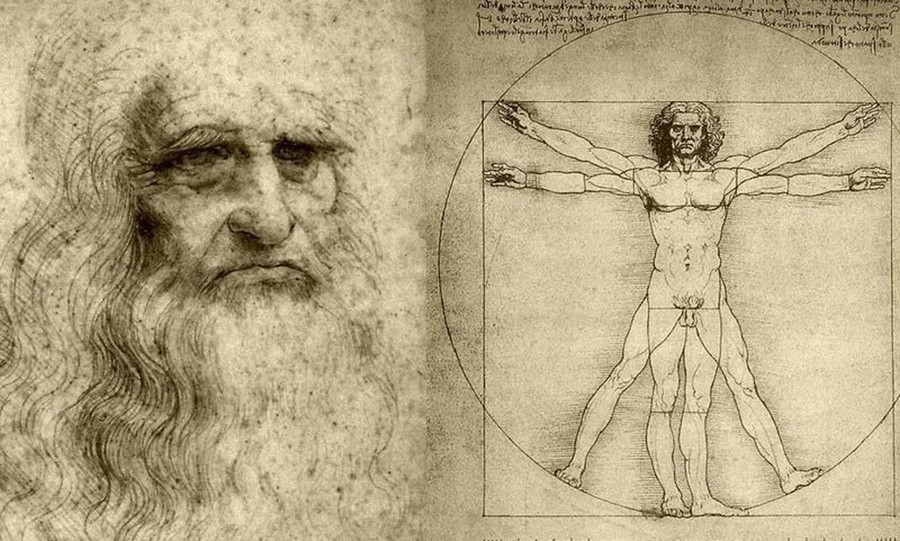A unique and intriguing artifact, the Central African lyre, stands out due to its unusual construction materials, including a human skull and antelope horns. This 19th-century instrument is housed in The Metropolitan Museum of Art's collection and showcases the intersection of art, music, and cultural exchange.
Description and Materials
The lyre measures 36.5 cm in length, 14 cm in width, and 13 cm in depth. It is composed of several materials:
Human Skull: Forms the main body of the lyre.
Antelope Horns: Used as structural and decorative elements.
Wood: Likely used for the framework and additional structural support.
Skin, Gut, and Hair: Utilized for the strings and other functional components of the lyre.
Provenance and Attribution
Originally, when it was acquired at the end of the 19th century, the lyre was mistakenly thought to be from South America. By 1906, it was reattributed to Central Africa. Despite its macabre nature, the instrument was likely created by a local artisan intending to appeal to European collectors and traders. This aligns with the period's trend of creating sensational objects for the burgeoning market in ethnographic curiosities.
Cultural and Ritual Significance
While there is no specific Central African tradition known to utilize instruments made from human remains, some suggest it might have held symbolic or clandestine ritual significance. However, it is more plausible that it was a clever creation aimed at trade rather than traditional use. The use of human and animal remains in musical instruments has historical precedents in other cultures, such as:
Tibetan Damaru and Rkangling: Used in meditation and rituals focusing on the impermanence of life.
Ashanti Royal Drums: Historically decorated with the skulls of slain warriors.
Comparative Context
The lyre is part of a broader category of macabre instruments that use human and animal remains. These instruments often served symbolic purposes or were used in rituals. For example, the Tibetan damaru is a drum made from two human skulls, used in Buddhist rituals to signify the transient nature of life.
The Central African lyre made from a human skull and antelope horns is a fascinating artifact that exemplifies the blending of cultural practices and the creation of objects for trade in the 19th century. While it may not have a direct traditional lineage, it represents a unique piece of musical and cultural history.
References
The Metropolitan Museum of Art. Lyre | Central African.
Ken Moore. Instruments of Macabre Origin. The Metropolitan Museum of Art, July 7, 2014.








